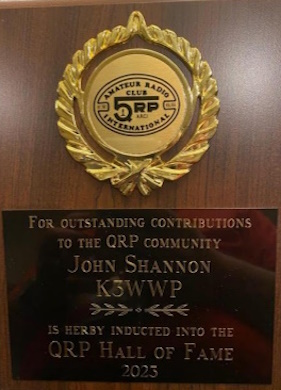

| HOME | AWARDS | CONTESTING | CTY HUNTING | CW | DX | HOMEBREWING | LINKS | LOGS | PROPAGATION | QRP | QSL | VISITORS LIST | Email Me |
|---|
| Fox Hunting | Frequencies | mW QSOs | Portable Operating | QRP Honor Roll | QRP Streaks | Rigs | Yearly Stats |
|---|

| PWR | DB | S |
|---|---|---|
| 100 | 13.01 | 2.17 |
| 50 | 10.00 | 1.67 |
| 40 | 9.03 | 1.51 |
| 30 | 7.78 | 1.30 |
| 20 | 6.02 | 1.00 |
| 10 | 3.01 | 0.50 |
| 5 | 0.00 | 0.00 |
| 4 | -0.97 | -0.16 |
| 3 | -2.22 | -0.37 |
| 2.5 | -3.01 | -0.50 |
| 2 | -3.98 | -0.66 |
| 1.25 | -6.02 | -1.00 |
| 1 | -6.99 | -1.17 |
| 0.5 | -10.00 | -1.67 |
| 0.25 | -13.01 | -2.17 |
| 0.125 | -16.02 | -2.67 |
| 0.0625 | -19.03 | -3.17 |
Ant Type Entries Av. # QSO's Av. Finish Best Finish Beam 9 44.8 5.6 1st Vertical 7 23.9 17.3 7th Portable 5 17.6 19.6 13th Single Wire 11 15.4 24.9 12th